Habitat Conservation Through Awareness
- Home
- Habitat Conservation Through Awareness
CONSERVATION OF HABITATS THROUGH AWARENESS CAMPAIGN
Non forest landscapes such as grasslands, shrublands, wetlands are traditionally considered to be wastelands and are viewed as potential sites for housing development projects or industrialization. However, they are in fact the different types of ecosystems that nurture a completely different kind of flora and fauna. Human activities are not the only threat to these habitats. Biological invasion of alien animal and plant species into these ecosystems which were unknowingly introduced by humans has made the problem worse. We try to protect these biodiversity hotspots by creating public awareness and running continuous educational programs.

DENSE FORESTS
Dense forests like those in Western and Eastern ghats of India are one of the richest ecosystems on the planet that support a unique flora and fauna. They are our true natural heritage. Unfortunately, massive Deforestation in the past few decades has seriously threatened these global biodiversity hotspots.
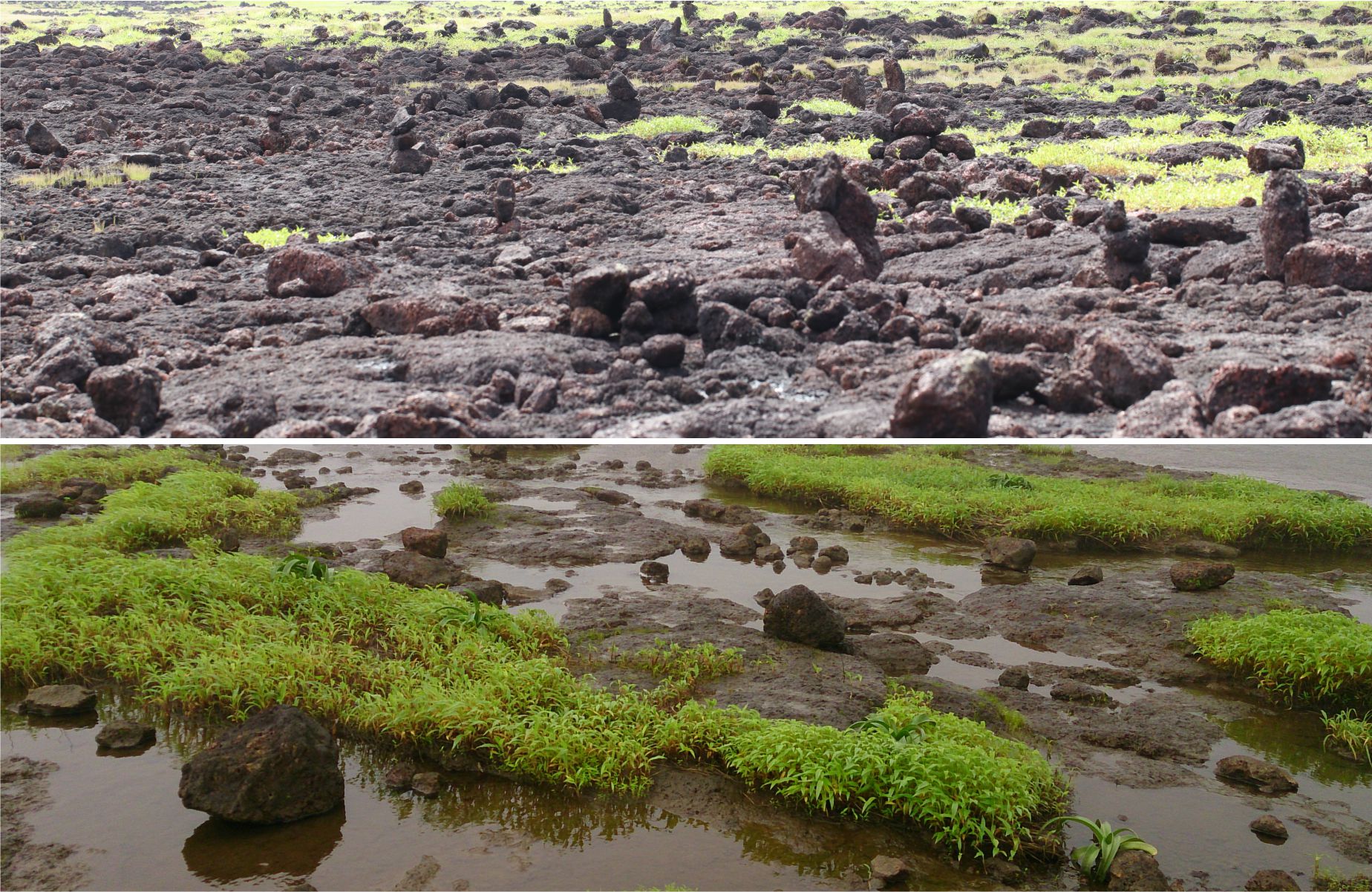
ROCKY PLATEAUS
Rocky plateaus may look lifeless throughout the year. However, they are filled with a plethora of wildlife including some endemic plants, amphibians, reptiles and insects etc., during the monsoon rains.
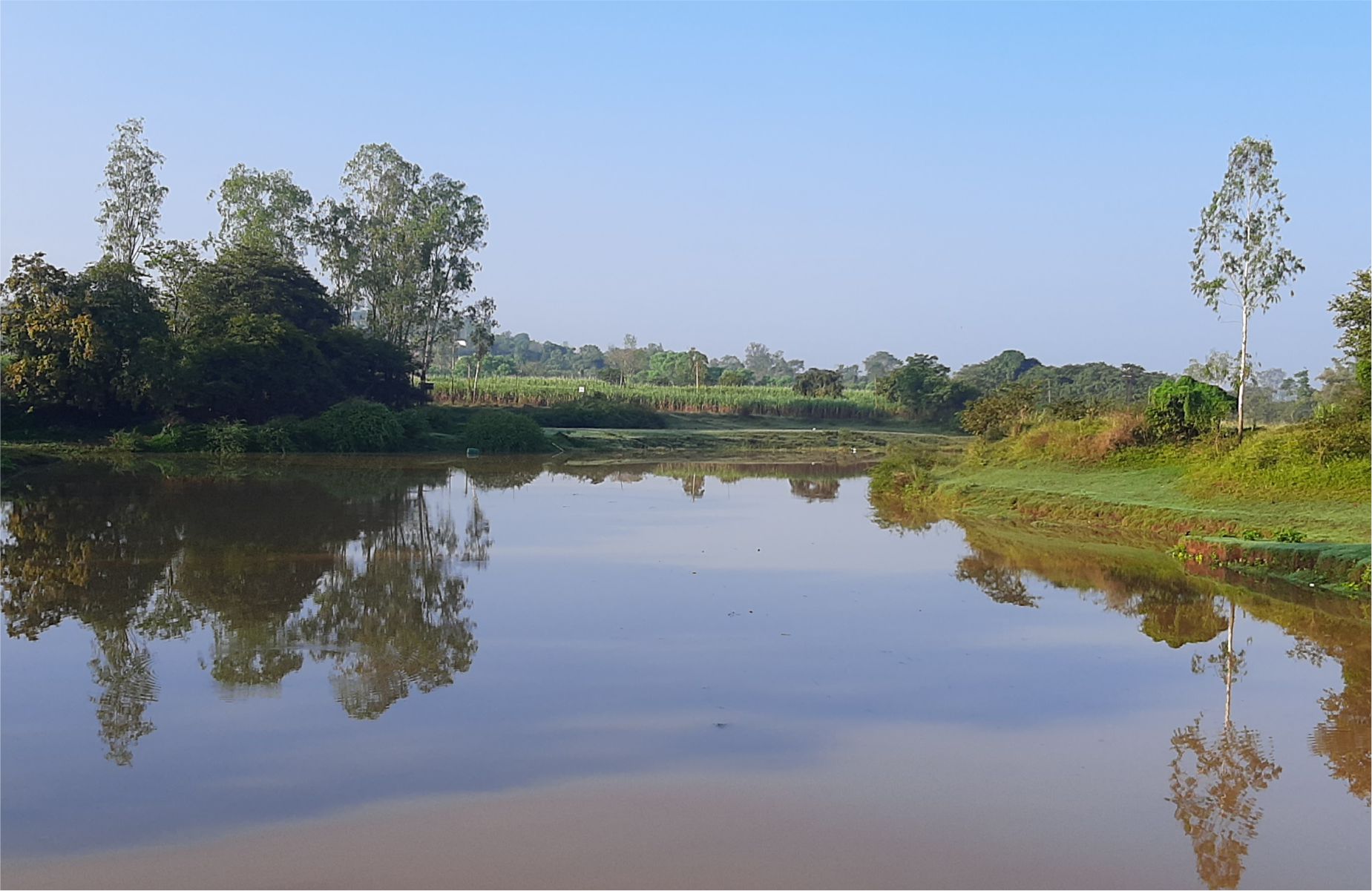
RIVERS
Riverbanks are considered to be cradle of human civilization and even today, rivers are the lifelines for humans. They are also home to a rich biodiversity. Unfortunately, these habitats have been seriously threatened by pollution, soil mining, sand mining and human encroachment. It has led to various human health issues as well as human-wildlife conflict.

WETLANDS
Wetlands and marshlands are usually filled with building demolition waste or soil, in order to procure land for new housing development projects. However, it destroys a completely interdependent ecosystem of aquatic plants, fish, amphibians and birds. Wetlands also serve as buffers by absorbing excess flood waters and protecting urban settlements.
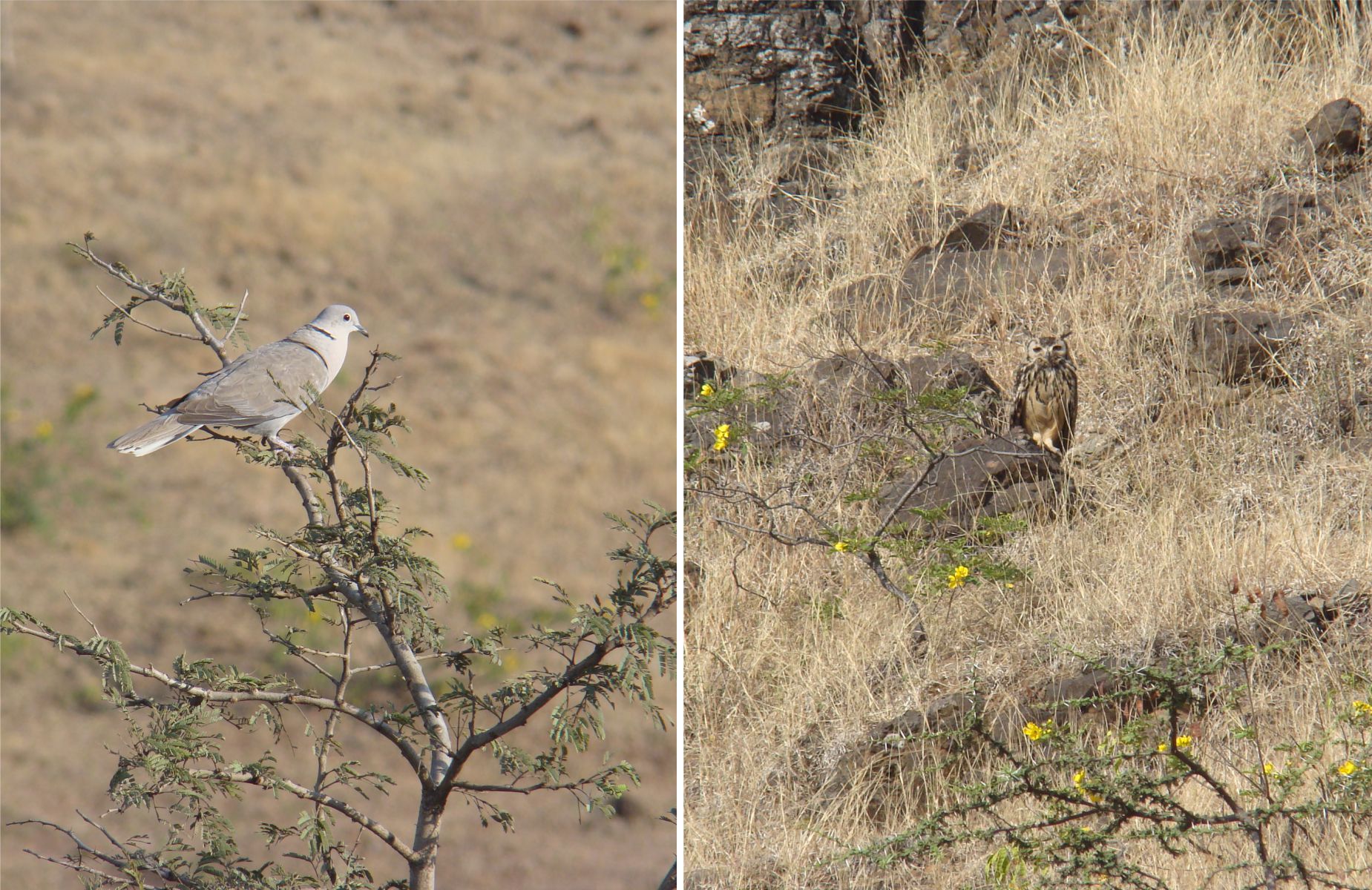
GRASSLANDS
Grasslands are conventionally considered to be wastelands and ideal sites for industrialization. However, it supports a completely different type of wildlife well adapted to the arid, grassy habitats. Therefore, grassland ecosystems need to be preserved.
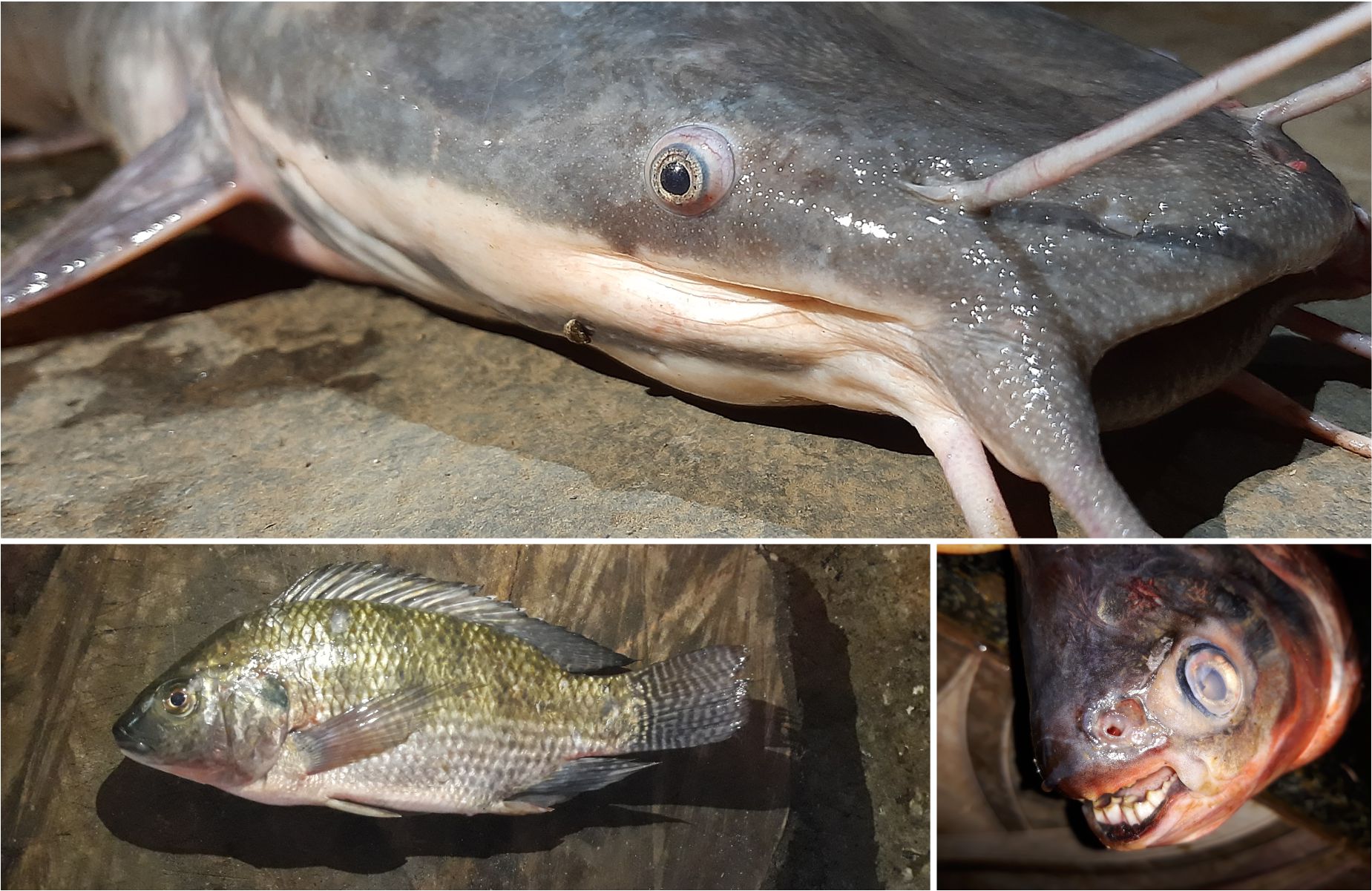
BIOLOGICAL INVASION OF ALIEN ANIMALS
Exotic fish species such as Tilapia, Mangur, alligator gar fish, suckermouth catfish have invaded Indian natural water bodies like rivers, ponds and streams. They survive in the extremely polluted waters and prey on native fish, their eggs and hatchlings. It has resulted in rapid decline in native fish population and hugh loss for local fishing business.
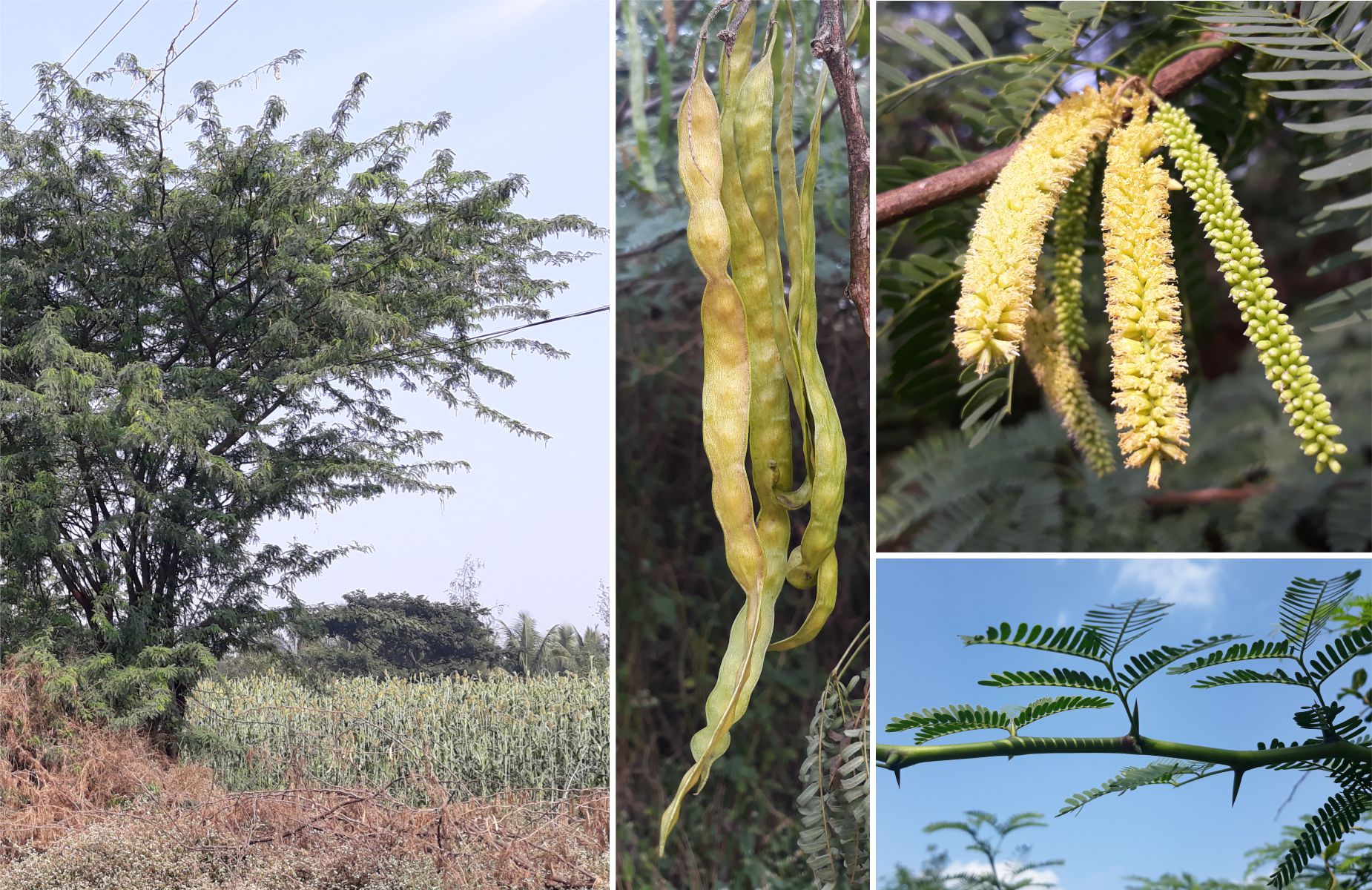
BIOLOGICAL INVASION OF ALIEN TREES
Exotic tree species like Mesquite or Vilayati babul (Prosopis juliflora) have invaded almost all dry and semi-arid landscapes of India. It exploits groundwater through very deep roots and also creates severe competition for native vegetation that in turn leads to local floral biodiversity loss. It is also responsible for growth of local mosquito population, since male mosquitoes feed on its pods in summer when other fresh fruits are not available.

BIOLOGICAL INVASION OF ALIEN SHRUBS
Invasion of exotic weeds such as Lantana, Cosmos, Sessil joyweed, Mexican poppy, Chromolaena odorata in the forests, grasslands and agricultural fields of India has become a grave cause of concern for environment. They outcompete the local weeds and affect the insect, bird populations dependent on local weeds. They also decrease the crop yield by competing with commercial crops. Farmers use more and more toxic weedicides to fight this invasion which in turn poisons the soil.

HABITAT SURVEYS
We frequently organize tours for biodiversity surveys of various habitats in order to create awareness among the local population about the preservation of these habitats and its significance.
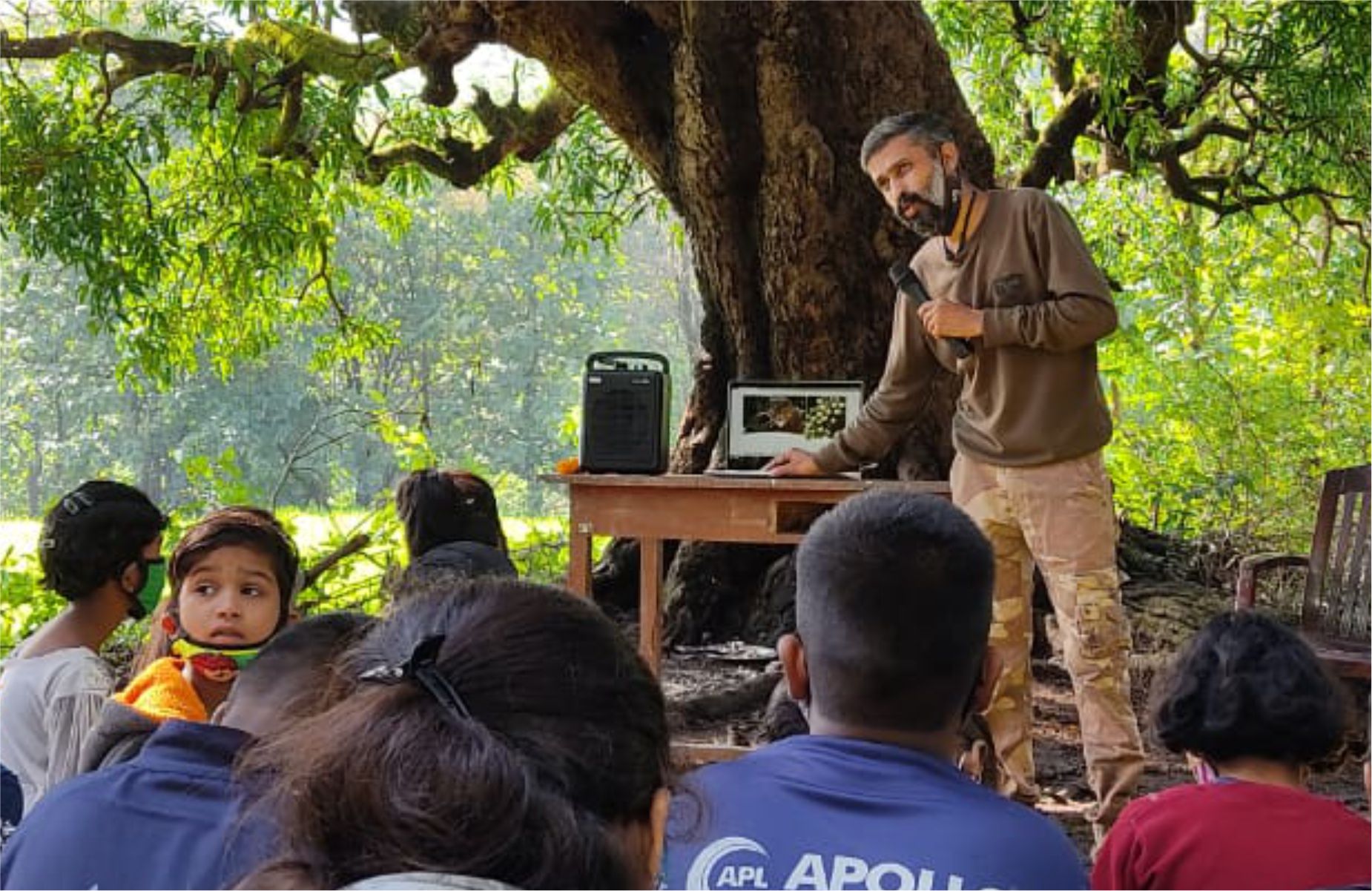
PUBLIC AWARENESS CAMPAIGN
We believe that the only way to minimize habitat loss is to create public awareness through continuous environmental education campaign. Therefore, such public awareness programs are the most important part of our routine work.
